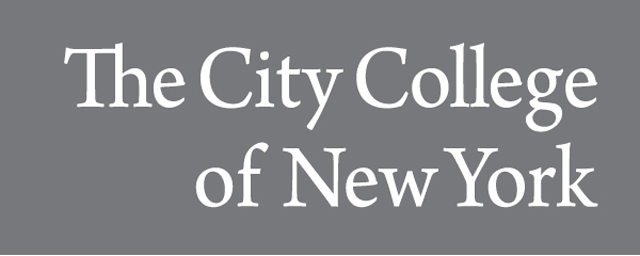
Dissertations and Theses
Date of Award
2019
Document Type
Dissertation
Department
Biomedical Engineering
First Advisor
Maribel Vazquez
Second Advisor
Stephen Redenti
Keywords
microfluidics, biomimetic, retinal transplant, electrotaxis
Abstract
Vision loss in retinal degenerative diseases is overwhelmingly attributed to damage and death of retinal photoreceptor cells. Studies in mouse retina have suggested that transplantation of isolated post-natal or stem cell-derived retinal progenitor cells (RPCs) to replace apoptotic or damaged photoreceptors may be a novel approach to restore vision. Thus far, outcomes project that the amount of restored visual response depends upon the migration of transplanted cells from insertion in the sub-retinal space to the outer nuclear layer (ONL). However, transplantation efficiency is exceedingly low – ~5% cells transplanted enter the retina – directly limiting the efficacy of the treatments. Additionally, the cells left behind can have detrimental effects upon the surrounding tissue, resulting in further damage to the retina. Understanding of the mechanisms by which the RPCs migrate into the retina and determining to what extent these mechanisms can be targeted to control and direct retinal cell migration and integration are key hurdles to overcome the limited efficacy of current treatments. To that end, we propose a novel set of microfluidic systems that can recapitulate different aspects of the retinal physiology, to study the role of external stimuli on retinal progenitor cell migration in a highly controlled manner. To accomplish this, we developed the μRetina, a novel and convenient biomimetic microfluidics device capable of examining the migratory behavior of retinal lineage cells within biomimetic geometries of the human and mouse retina. Real-time images within the device captured radial and theta cell migration in response to concentration gradients of stromal derived factor (SDF-1). With the rise of modern electric field-based therapies in wound healing, studied in transcranial direct stimulation (TCDS), spinal cord repair and tumor treating fields (TTF), we built upon the uRetina and we developed the Gal-MμS device, a novel microfluidics device capable of examining cell migratory behavior in response to single and combinatory stimuli of electrical and chemical fields. Our data demonstrated that neural cells migrated longer distances and with higher velocities in response to combined galvanic and chemical stimuli than to either field individually, implicating cooperative behavior. These results reveal a biological response to galvano-chemotactic fields that is only partially understood. To elucidate the underlying mechanism, we performed PCR and TOP2B inhibitor studies. Bioinformatics analyses implicate possible mechanistic overlaps in the cell adhesion and cytoskeletal organization pathways. Having shown in 2D that combinatorial stimulation provokes dramatic improvements in migration distance and directionality, we developed an ex vivo eye-facsimile system, the EVE system. The EVE system is a novel, physiologically relevant 3D device capable of generating controlled galvanic and chemical fields to stimulate a 3D alginate-based “eye”. It allows us to mimic the transplantation process to investigate the migratory behavior of transplanted cells. Our results show a dramatic increase in penetration depth and penetration efficiency during combinatorial stimulation as compared to either stimulation trigger alone and control. These findings highlight the exciting potential of advancing regenerative transplantation strategies by stimulating synergistic cell responses to electrical and chemical stimuli.
Recommended Citation
Mishra, Shawn, "Controlled Migration of Retinal Progenitor Cells Within Electro-Chemotactic Fields" (2019). CUNY Academic Works.
https://academicworks.cuny.edu/cc_etds_theses/773
Included in
Biological Engineering Commons, Molecular, Cellular, and Tissue Engineering Commons, Vision Science Commons

